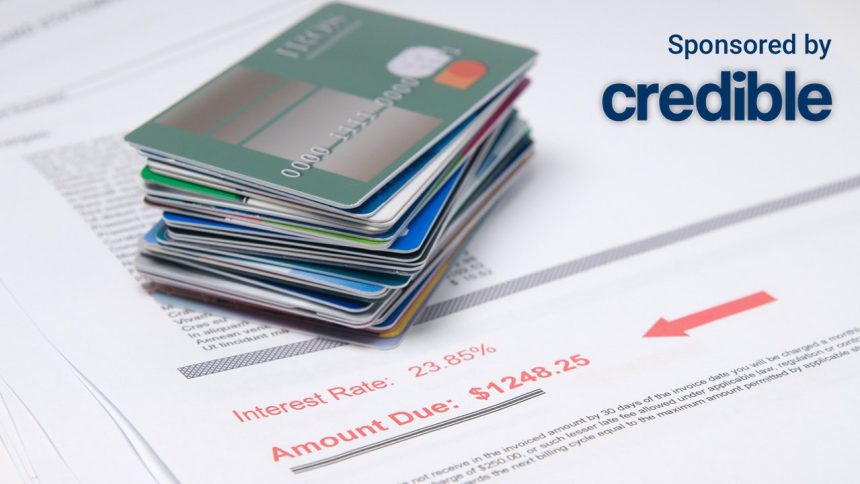Interest payments for U.S. consumers are through the roof. Last quarter, consumers spent a record-high $1.1 trillion on interest payments alone, reported Quartz, using data from the U.S. Bureau of Economic Analysis (BEA).
Over half of those interest payments were not related to mortgage debt. Mortgages often have some of the highest interest over the life of the loans.
The “personal interest payments” line of BEA’s report shows that $563.2 billion of the $1.1 trillion was non-mortgage related interest.
“The dominance of the 15-30-year fixed-rate mortgage has played a significant role in blunting the impact of higher rates on aggregate household debt service,” head of U.S. regional economics at the credit rating agency Fitch, said.
“However, the sharp increase in credit card rates and the resumption of student loan payments will drive non-mortgage household debt service to historic highs in 2024.”
Credit cards have some of the highest interest rates outside of payday loans, with the average interest rate sitting at 22.8% as of 2023.
To get yourself out of your high-interest debt, consider consolidating it into a personal loan with a lower interest rate. You can also plug in some simple information into Credible’s free online tool to determine if a debt consolidation loan is your best option.
CONSUMER SPENDING AND DEBT ARE UP AS US ECONOMY BEGINS REBOUND
Credit card debts rose more in 2023 than auto loans, student loans
In 2023, credit card debt balances rose more than many other loan types. Credit card balances increased by $50 billion and are now at $1.13 trillion — a 4.6% increase, according to data released by the Federal Reserve Bank of New York.
“We saw a meaningful rise in the amount of consumer borrowing, mostly in the form of unsecured revolving credit, like credit cards.” Rob Haworth, a senior investment strategy director at U.S. Bank Wealth Management, said.
While total auto loan balances are higher than credit card debt, they rose by just $12 billion last year, much lower than credit card debt. Student loans, on the other hand, stayed relatively flat with a $2 billion increase in the last quarter of 2023.
Retail cards and other consumer loans also significantly added to the total debt last year, rising by $25 billion, the Federal Reserve Bank reported.
“As inflation became a burden and government payments ended, consumers were willing to take on more debt,” Matt Schoeppner, a senior economist at U.S. Bank, said.
If your credit card debt is becoming too much of a burden, a personal loan can help make your monthly payment more affordable. If you’re interested in consolidating or refinancing debt, it can help to have experienced loan officers on your side. Visit Credible to get all your loan consolidation and refinancing questions answered.
CREDIT CARD BALANCES SURGE PAST TRILLION DOLLAR MARK AS AMERICANS STRUGGLE TO BUILD SAVINGS
Renters deal with higher credit card debt than homeowners
The Americans who deal with the highest amounts of credit card debt are typically renters and lower income borrowers, AP News reported.
Inflation is to blame in many ways. Homeowners and wealthier individuals have the savings cushion to withstand times of high inflation, while renters and low-income earners don’t.
While inflation brought higher housing prices — great for sellers — it also raised the cost of many goods and rental costs, which has caused many renters to put their bills on high-interest credit cards.
The median rent across the country reached $1,712 in January, up by 18.3% from four years ago, according to Realtor.com. Although prices have been dropping slightly since the height of the pandemic, they’re still too high for many.
If you’re struggling to make ends meet and tackle your debt once and for all, a personal loan with a low interest rate can help. If you would like to get a sense of what debt consolidation loan options are available to you, visit Credible to compare rates and lenders.
HIGH DEBT IS CAUSING MORE CONSUMERS TO LIVE PAYCHECK-TO-PAYCHECK
Have a finance-related question, but don’t know who to ask? Email The Credible Money Expert at moneyexpert@credible.com and your question might be answered by Credible in our Money Expert column.
Read the full article here




